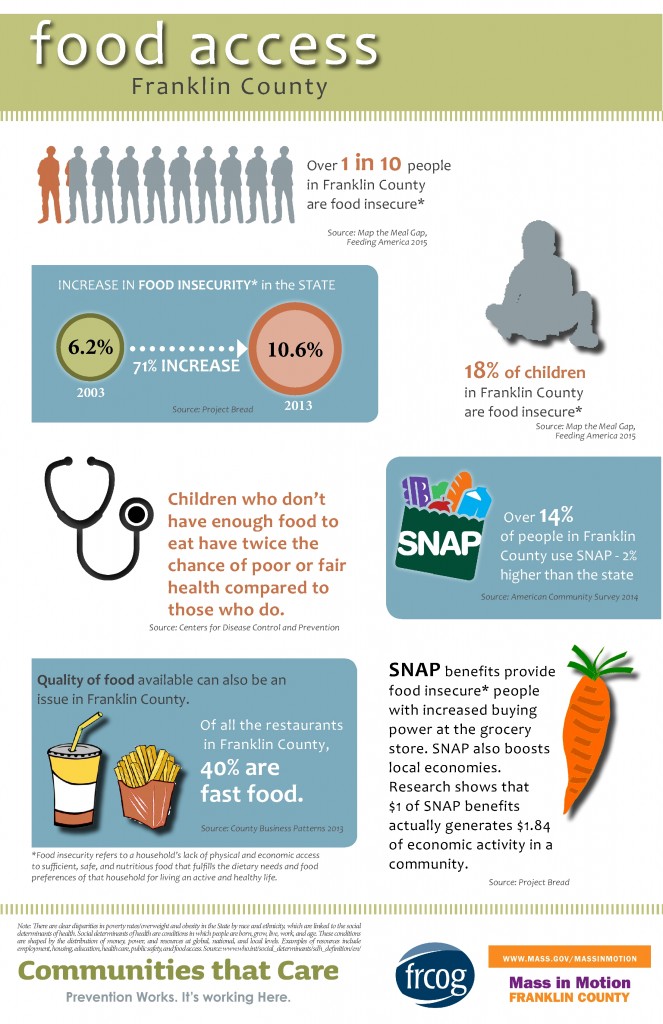Improving Regional Primary Care Solutions With Area Resources And Support

Team Author-Udsen Marcussen
When it comes to enhancing primary care solutions locally, tapping into neighborhood sources and support is key. Visualize a network of interconnected companies and groups working together to enhance health care accessibility and quality in your area. From wellness departments supplying essential information to non-profits offering specialized services, each entity contributes to a healthier area. However exactly how precisely do these collaborations unravel, and what strategies confirm most effective in leveraging these sources for optimal influence? Allow's discover the elaborate internet of area support and its profound effects on health care services.
Relevance of Neighborhood Engagement
Engaging with the area is essential for fostering a sense of partnership and count on within neighborhood health care services. By actively involving community participants in decision-making processes, healthcare providers can better understand the distinct requirements and difficulties faced by the populace they offer. When healthcare solutions are created in consultation with the area, they're most likely to be reliable and favored.
Community involvement additionally plays an important duty in advertising wellness education and learning and preventive care campaigns. By building strong relationships with neighborhood residents, doctor can better interact important health and wellness details and urge healthy habits within the area. This positive approach helps prevent health problems and advertises total health among area participants.
In addition, community involvement cultivates a feeling of ownership and responsibility amongst healthcare providers. When the community is associated with forming health care solutions, providers are most likely to be responsive to the demands and preferences of the population they offer. This collaborative approach ultimately causes more patient-centered care and improved health outcomes for the neighborhood as a whole.
Key Area Resources
To successfully boost medical care solutions locally, recognizing and leveraging vital community resources is important. These resources can consist of neighborhood health and wellness divisions, area university hospital, non-profit organizations, and volunteer groups. why not try these out and wellness divisions usually provide useful data, know-how, and assistance for public health initiatives.
Community university hospital supply vital clinical services to underserved populaces, adding to general community health and wellness. Charitable companies play an important duty in resolving particular health and wellness requirements, such as psychological health support or chronic disease monitoring. Volunteer teams can offer extra workforce and support for health-related events or programs.
Colleges and colleges are additionally substantial area sources that can provide wellness education programs, research collaborations, and access to pupil volunteers. Faith-based companies may give spiritual and emotional support, in addition to sources for community participants in need. By working together with these crucial area resources, health care suppliers can improve access to care, resolve health differences, and improve general neighborhood wellness.
Techniques for Cooperation
Consider leveraging existing relationships and networks within the neighborhood to establish efficient methods for partnership. By using recognized links, you can improve communication and sychronisation between various organizations and people.
Start by recognizing key stakeholders who share a common interest in boosting medical care solutions locally. Involve with these stakeholders to create a common vision and established clear goals for cooperation.
Establish a communication plan that lays out exactly how details will be shared, conferences scheduled, and progress tracked. Make use of innovation such as common online systems or group messaging applications to facilitate very easy interaction.
Frequently evaluate the effectiveness of your cooperation techniques and be open to making modifications as needed.
Establishing official arrangements or Memorandums of Understanding (MOUs) with partner organizations can help clear up duties, duties, and assumptions. These arrangements can also attend to prospective difficulties ahead of time, making certain a smoother cooperation process.
Final thought
To conclude, neighborhood resources and support are essential for improving primary care services locally.
By engaging with vital stakeholders and teaming up with numerous companies, medical care suppliers can better meet the requirements of underserved populations and promote community wellness.
By working together, we can make sure that everyone has access to top quality healthcare and support solutions within their neighborhood area.

